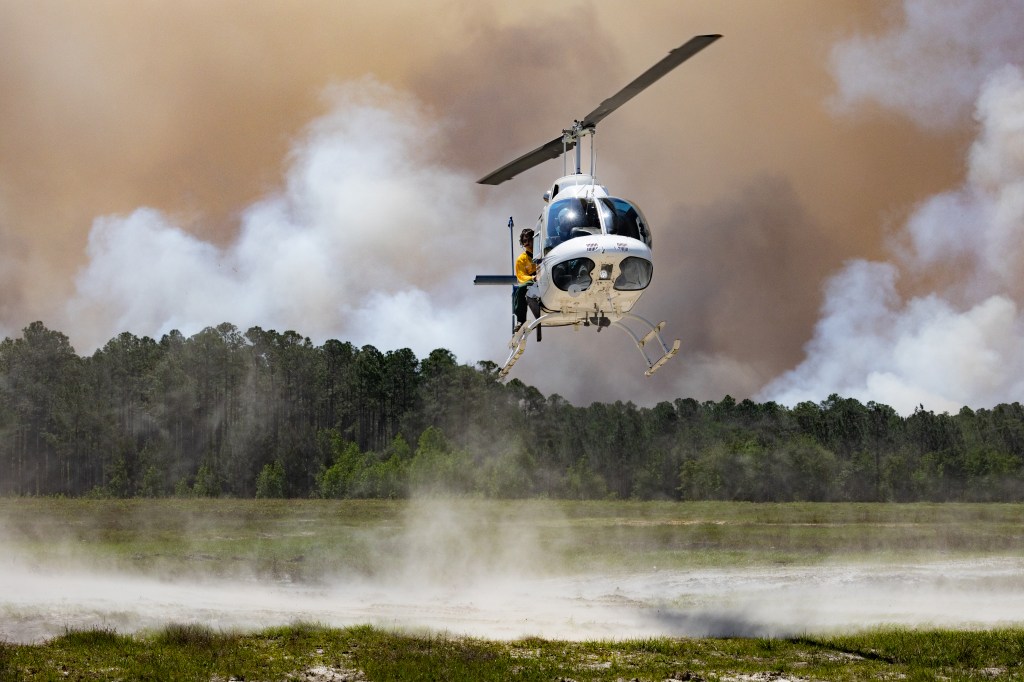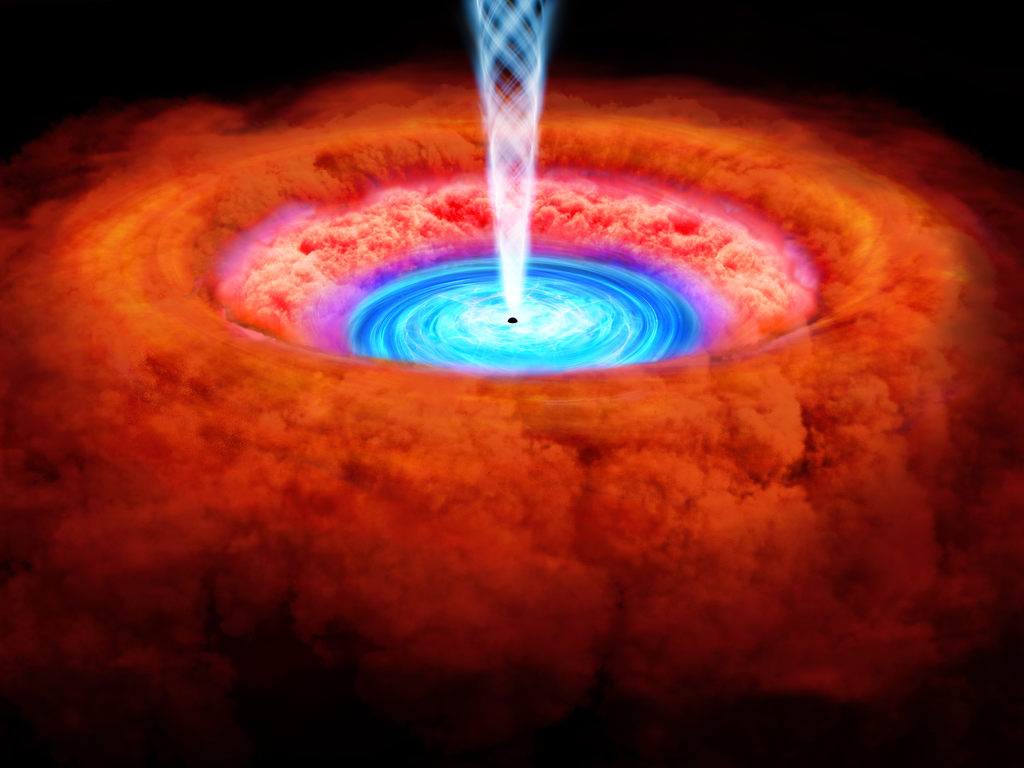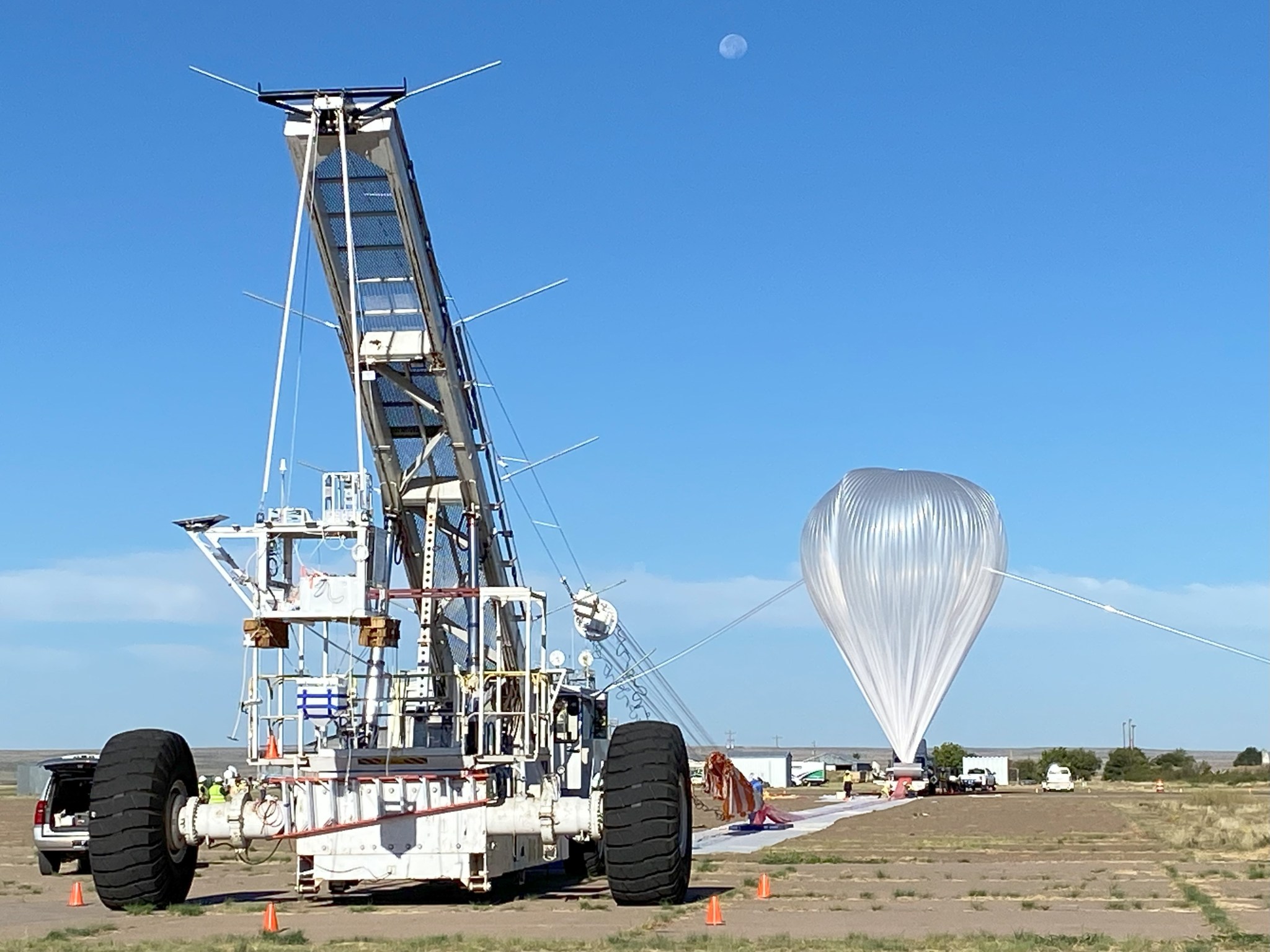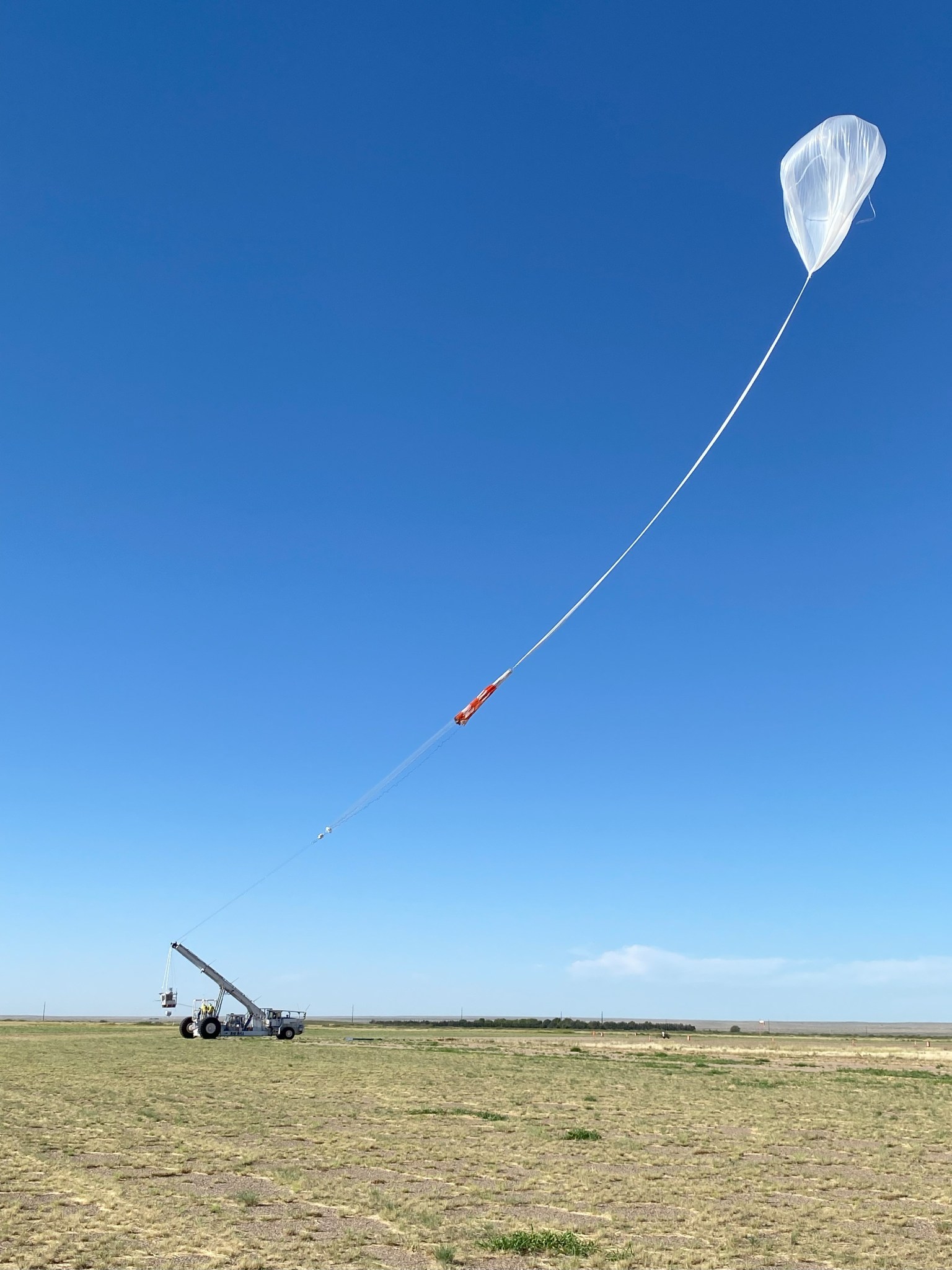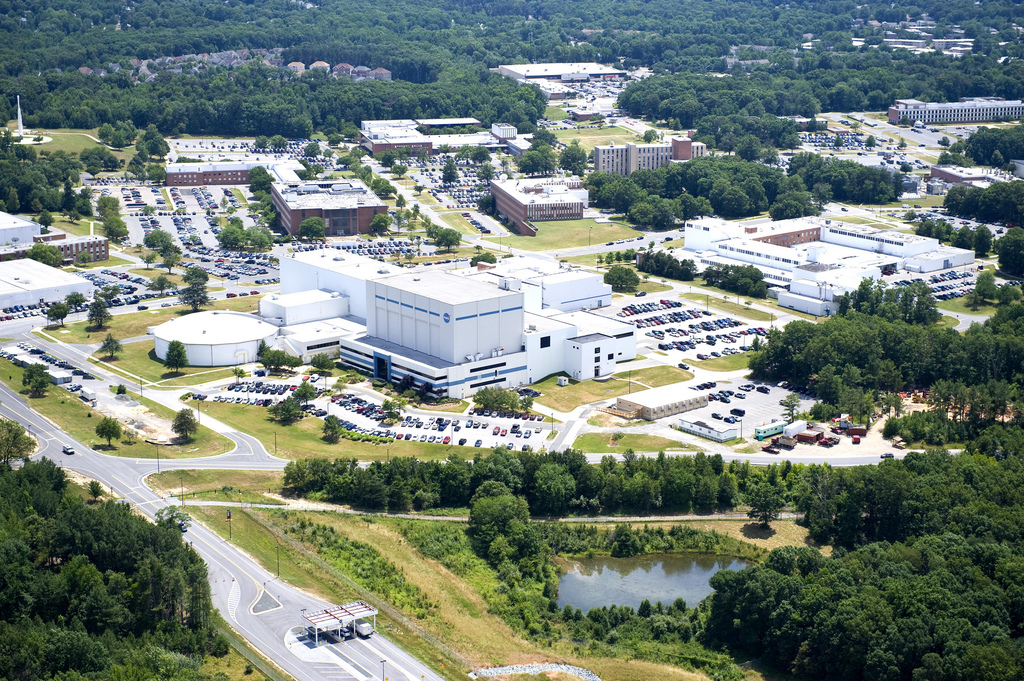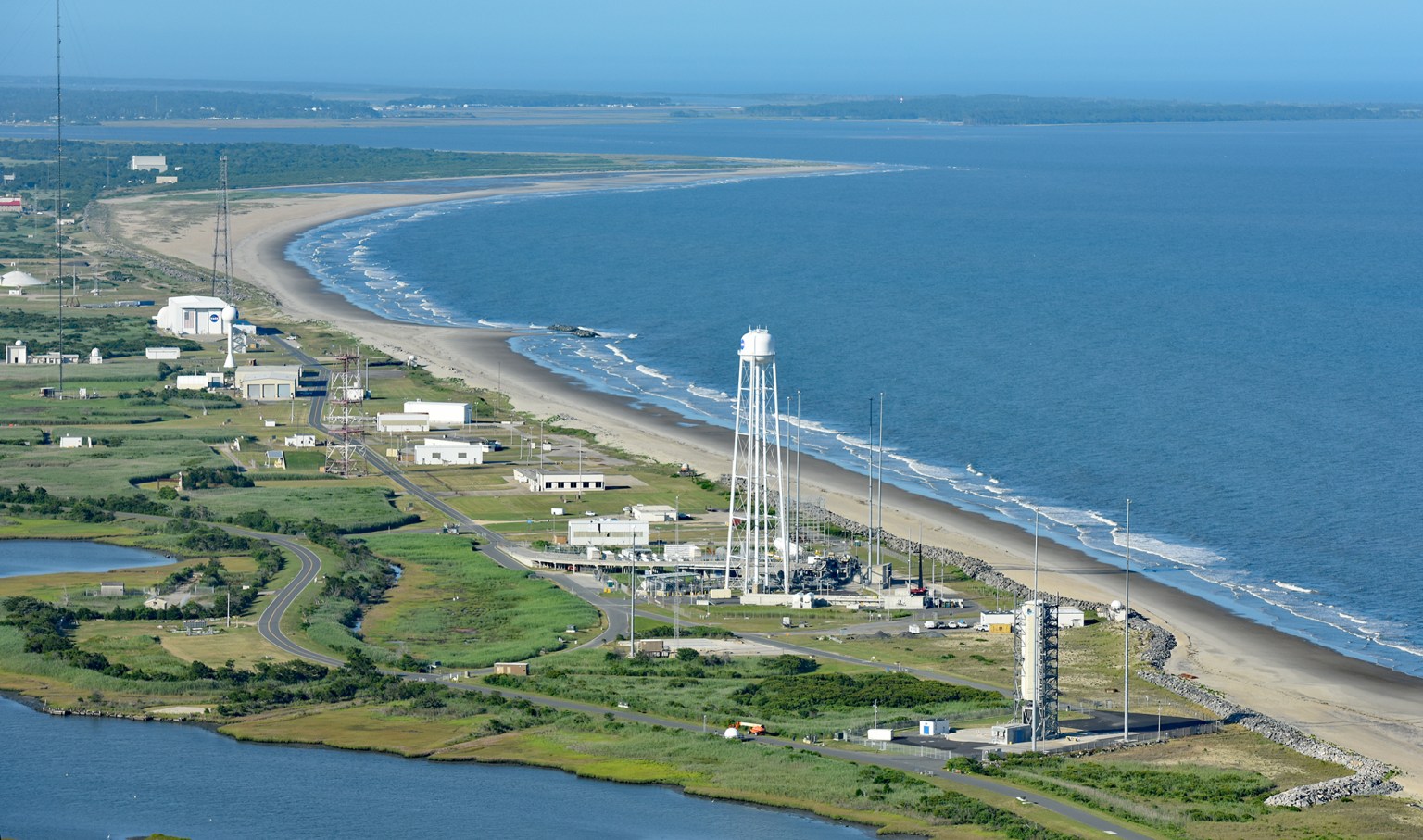Goddard NEPA Projects
NASA Scientific Balloon Program Draft Supplemental Programmatic Environmental Assessment
Program Contacts:
Shari Miller, (757) 824-2327
Irene Romero, (301) 286-8644
Documents
- NASA Scientific Balloon Program Final Supplemental PEA (10 MB)
- Finding of No Significant Impact (251 KB)
- 2010 NASA Scientific Balloon Programmatic EA/FONSI
Background
For over 35 years, the NASA Balloon Program Office (BPO) has launched and monitored the flights of scientific balloons from the BPO facilities at the Fort Sumner Municipal Airport in the Village of Fort Sumner, New Mexico, and at the Columbia Scientific Balloon Facility in Palestine, Texas. Scientific balloons are used to collect data and conduct research in the fields of geoscience, heliophysics, and astrophysics while operating in a near-space environment. Currently, NASA can conduct up to 31 scientific balloons launches each year: 25 from Fort Sumner and 6 from Palestine. BPO anticipates the maximum number of launches would remain at 31 over the next 10 years from these two existing sites. To allow for larger cargos and longer float times, which are increasingly in demand, NASA proposes to add a new scientific balloon launch site in Burns, Oregon, and a new tracking station at Idaho Falls, Idaho. Up to 10 scientific balloon flights per year would be launched from the proposed Burns launch site. In addition, construction, demolition, and renovation would take place at the Fort Sumner, Palestine, and proposed Burns launch sites and the Idaho Falls tracking site.
In 2010, NASA prepared the Scientific Balloon Program Final Programmatic Environmental Assessment (PEA), to analyze the potential environmental consequences of balloons launched from Fort Sumner and Palestine. To update the 2010 NASA Scientific Balloon Program Final PEA, NASA has prepared this Supplemental PEA in accordance with the requirements of the National Environmental Policy Act (NEPA) of 1969, (42 United States Code [U.S.C.] 4321–4370), as amended by the Fiscal Responsibility Act of 2023 (Public Law [P.L.] No. 118-5, div. C, tit. III, § 321(b), 137 Stat. 10, 40 (amending NEPA § 107) (2023) (codified at 42 U.S.C. § 4336a)); 14 Code of Federal Regulations (CFR) 1216.3, NASA Procedures for Implementing the National Environmental Policy Act; and NASA Procedural Requirement (NPR) 8580.1, Implementing the National Environmental Policy Act. The 2010 Final PEA is hereby incorporated by reference with new information and analysis provided as appropriate.
The Draft Supplemental PEA addresses the environmental impacts associated with balloon launch, flight, and recovery operations; the construction and operation of a proposed new launch facility in Burns; the construction and operation of a proposed new tracking station in Idaho Falls; and proposed facility improvements at the existing Fort Sumner and Palestine BPO launch facilities. Although balloons are typically launched from the launch site facilities, their flight paths are wind-driven, and they could land in adjacent states. An analysis of past flights launched from Fort Sumner and Palestine indicates that most balloons and payloads are recovered from Texas, New Mexico, and Arizona. Only a handful of balloons or payloads have landed in the neighboring states of Oklahoma, Kansas, and Colorado. Models conducted for future flights from Burns indicate that balloons and payloads would overfly and may be recovered from Nevada, California, Oregon, Washington, Idaho, Montana, Wyoming, Colorado, Utah, North Dakota, South Dakota, and Nebraska. NASA has assessed the potential effects of the Proposed Action and the No Action Alternative on physical, biological, and economic resources within these operations areas, and has tentatively concluded those impacts are not significant.
Intergovernmental Consultation
During the 30-day scoping period for preparation of the Draft Supplemental PEA, NASA requested input from over 425 potentially interested parties, including those in federal, state, and tribal governments. Through this process, several commenters offered support of the proposal; most did not comment. Appendix A provides the list of federal and state agencies consulted and responses received during scoping.
In accordance with Section 106 of the National Historic Preservation Act (NHPA) (36 CFR 800.3(f)(2)) and Executive Order 13175, Consultation and Coordination with Indian Tribal Governments, NASA consulted with federally recognized Native American tribes within the BPO operations areas regarding the Proposed Action and environmental impact analysis. Emails and letters were sent to tribes located within the existing and proposed operations areas seeking comments during the scoping period. Appendix B provides the list of tribes consulted as well as responses received.
Public Involvement
The Supplemental PEA analyzes the environmental consequences of the Proposed Action and No Action Alternative. A Notice of Availability (NOA) was placed in the Federal Register notifying the public of the availability of the Draft Supplemental PEA for a 30-day public comment period, which ended June 16, 2025. An advertisement was also placed in the following newspapers: the Palestine Herald (Texas), the DeBaca County News (New Mexico), and the Burns Times-Herald (Oregon). Comments received were incorporated into the Final Supplemental PEA.
A fact sheet and presentation, that summarize the Supplemental PEA, are available for viewing and downloading.
The Draft Supplemental PEA may be viewed at the following locations:
- Harney County Library, Burns, Oregon (541-573-6670)
- Fort Sumner Public Library, Fort Sumner, New Mexico (575-355-2832)
- Palestine Public Library, Palestine, Texas (903-729-4121)
Limited hard copies of the Final Supplemental PEA are available, on a first request basis. To request hard copies or for any questions regarding the Draft Supplemental PEA, please contact:
Shari Miller
Center NEPA Manager
NASA Wallops Flight Facility
Mailstop: 250.W
Wallops Island, VA 23337
gsfc-dl-nepa@mail.nasa.gov
(757) 824-2327









